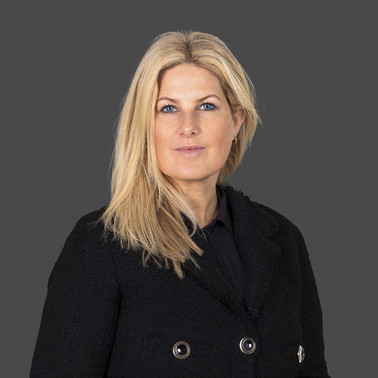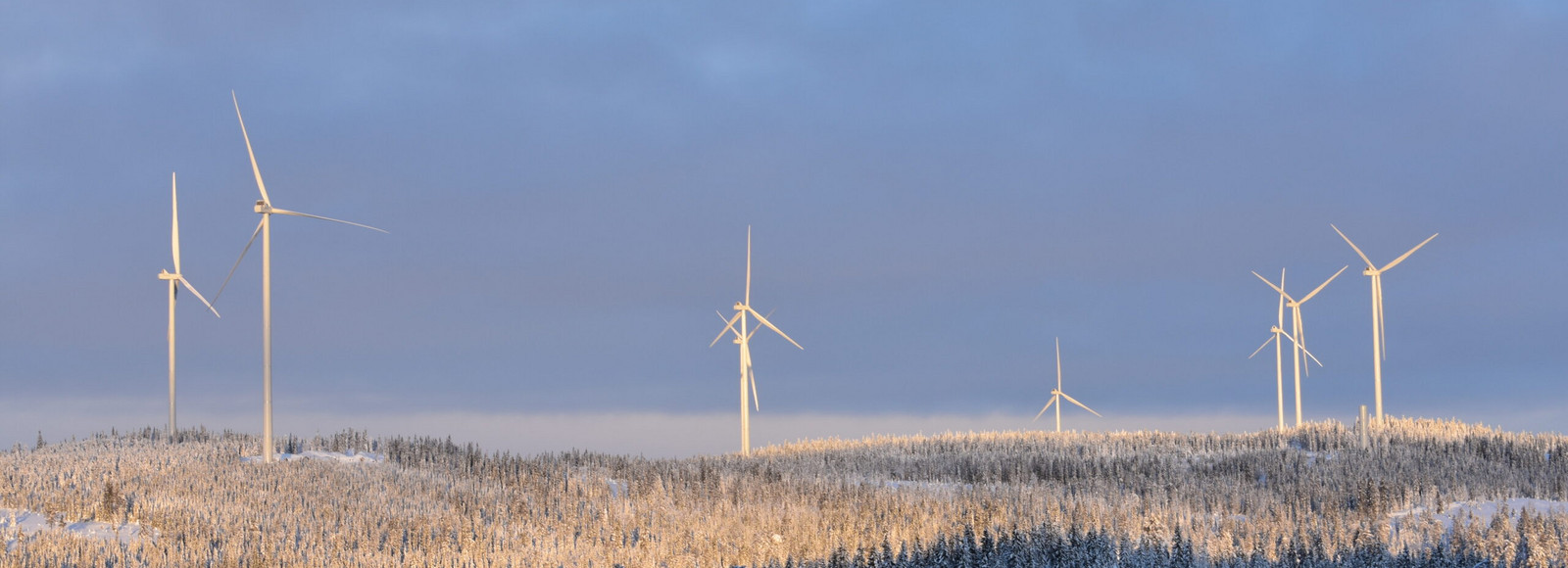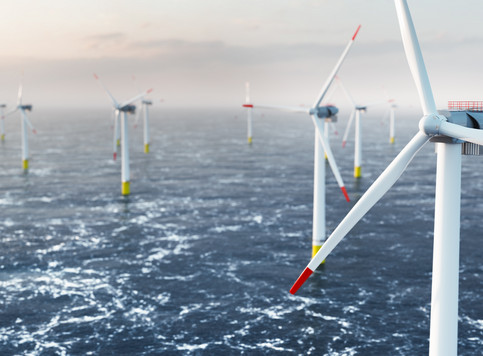Summary of recent development within onshore and offshore wind in Norway
Onshore wind licensing for new projects resumes and the Government intends to create a more efficient licensing process for offshore wind.
The past month has featured updates on the regulatory status for wind power in Norway, with the most recent highlight being the recommencement of the licensing process for onshore wind power announced in the Norwegian Governments supplementary white paper of 8 April 2022 (Supplementary White Paper) (available here in Norwegian). The Supplementary White Paper also included the Government's intention to create a more efficient licensing process of offshore wind.
In addition, the Norwegian Water and Energy Directorate (NVE) published on 31 March 2022 an updated knowledge base regarding the impact onshore wind farms have on key societal and environmental interests.
The recent geopolitical developments, and the current power price level in Norway, have intensified the focus on the need for a large-scale increase in renewable energy development. The Supplementary White Paper provides further clarification and confirmation that facilitating more renewable energy will be a main driver in the Government's policies and ambitions.
The resumption of licensing for new onshore wind projects and updates on the progress related to the revisions to the onshore licensing process
In the Supplementary White Paper, the Government declares that it will resume the processing of licenses for new onshore wind farm projects, which in general have had a "stand-still" since 2019. In a separate letter to the NVE dated 8 April 2022 (available here in Norwegian), the Ministry of Petroleum and Energy (MPE) instructs the NVE to recommence the processing of licenses for new onshore projects. New onshore wind projects may only be commenced if the host municipality has given its written approval (to be attached to the application to NVE). Thus, if a project has sufficient local support, the developer may initiate the next steps of the licensing process.
The letter states that the processing will be based on the guidelines and suggested changes to the licensing process made in the original white paper on onshore wind power in 2020 (available here in Norwegian), that may be implemented without amendments to the current regulatory framework. Further, the Supplementary White Paper outlines the key items from the original white paper, which inter alia include:
- Enhanced participation for locals, municipality and other interested parties
- More stringent requirements for impact assessments and documentation of socio-economic profitability
- More detailed license conditions to prevent revisions on later stages of the projects
- Impacted Sami interests must be involved in all stages of the licensing process and the impact must be thoroughly assessed
The Government also states in the Supplementary White Paper that it intends to continue the process for regulatory revisions as decided by the Norwegian Parliament in 2020 (cf. Meld. St. 28 (2019-2020)). The key item in these revisions were the implementation of planning and construction of onshore wind farms in the Planning and Building Act. The Government's plan is to conduct a public hearing for the necessary legislative changes during the upcoming summer 2022. Although the suggested revisions have yet to be announced, it is likely that an implementation of onshore wind projects into the Planning and Building Act will include a more stringent regulatory framework for the planning and development of the projects. The implementation may also formalize the municipalities power to deny a project from commencing.
In addition, the Government also announced its intention to introduce the production tax for wind power this year. The final design of changes in the tax for wind power will be presented in the state budget for 2023.
Due to the requirement of approval of the host municipality, it is not necessarily a fact that this will lead to an immediate increase in new projects. However, developers and other interested parties should note that the implementation of production tax benefitting the municipalities, and the benefit of being able to present municipalities with positive effects from onshore wind, may provide grounds for a change in the municipality's opinion.
Potential developers should also note that NVE on 31 March 2022 published a knowledge base covering the key interest areas that wind farms impact. The purpose of the knowledge base is to improve the basis for the licensing process and for dialogue between the affected stakeholders (i.e. the municipality, locals, developers etc.), and simultaneously provide the stakeholders with up to date key reports and research. If the knowledge base serves its purpose, it should facility a more constructive dialogue with the relevant municipality.
Intentions from the Government to create a more efficient licensing process for offshore wind
The Supplementary White Paper also includes the Government's ambitions for offshore wind. The paper includes limited news, as the main points of the Government's ambitions were already announced on 9 February 2022 (read our newsletter on this here).
However, subject to repeated feedback from developers and other stakeholders, the Government states that it will conduct an assessment on how to improve the effectiveness of the licencing process. Such measures may include allocating additional resources to conduct preparatory studies of the areas that can be initiated. The Government still aims for 2030 as the year for the first production from offshore turbines.
The Supplementary White Paper also includes a summary of the key items in the previous public hearing process for changes to the regulatory framework for offshore wind and the subsequent guidelines for the auction process, licencing and other applications. In the summary, the MPE provides several points to note:
- Developers in consortium may collectively meet the requirements for pre-qualification. Experience and competence from the developers' group/parent companies will be considered relevant.
- The pre-qualification requirements may vary pending on the specifics of the area in question. The intention is that requirements will be subject to a public hearing before being finally determined.
- The awarding of areas for Utsira Nord (floating turbines) will be subject to an allocation process based on qualitative criteria. The Ministry will provide the relevant criteria at a later stage, but also mentions that the criteria will be focused on innovation and development of technology for onshore wind.
- The awarding of the areas for Sørlige Nordsjø II (bottom fixed or floating turbines) will be allocated through auction as previously announced. The completion of the model is delayed, and the intent is now to complete the model during 2022.
- The Ministry recognizes the need for clarifications in regard of the organization and development of grid infrastructure before any areas are allocated.
- Statnett (the Norwegian TSO) will be assigned the responsibility for planning the offshore grid in accordance with the guidelines given by the Ministry. Statnett will also be involved in any hybrid project.
Finally, it is stated in the Supplementary White Paper that the Government soon will propose amendments to the Offshore Energy Act and the Offshore Energy Regulation and determine the framework for allocation of areas. The proposal and framework will be based on the proposal that was subject to public hearing in 2021.
To summarize, the Supplementary White Paper does not provide any major developments for the policies or regulatory framework related to the development of offshore wind in Norway. As anticipated, it will take some time before the necessary implementations and clarifications are completed. The Government's ambitions are clearly visible, but it remains to see in practice if the current timeline will be held.




